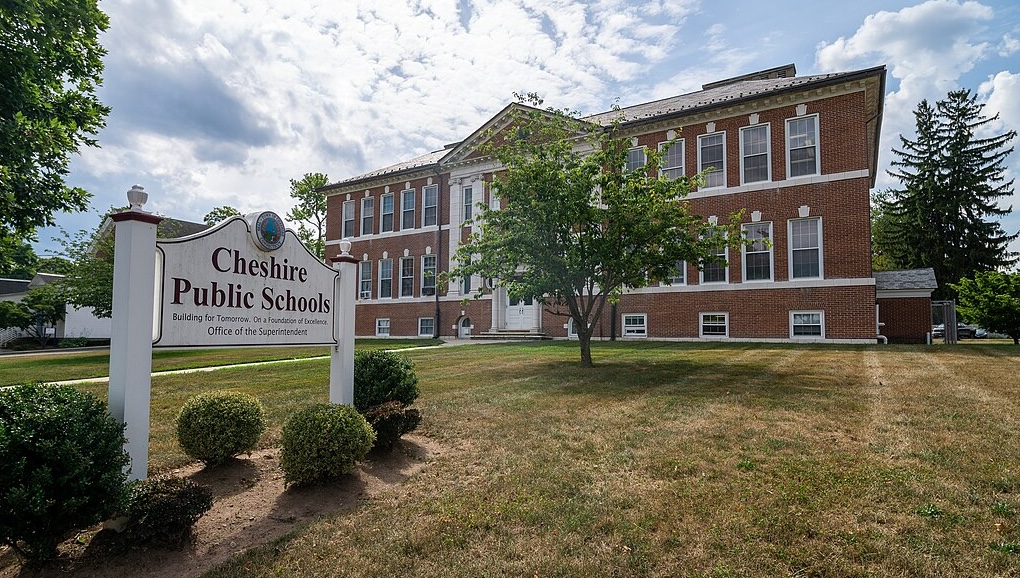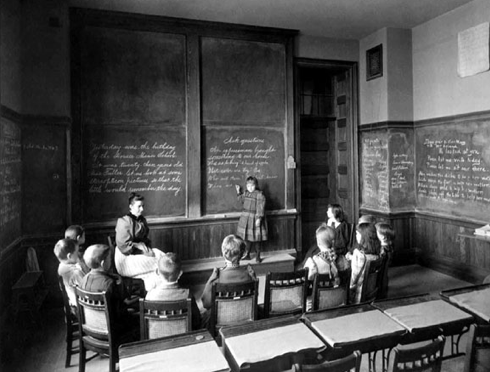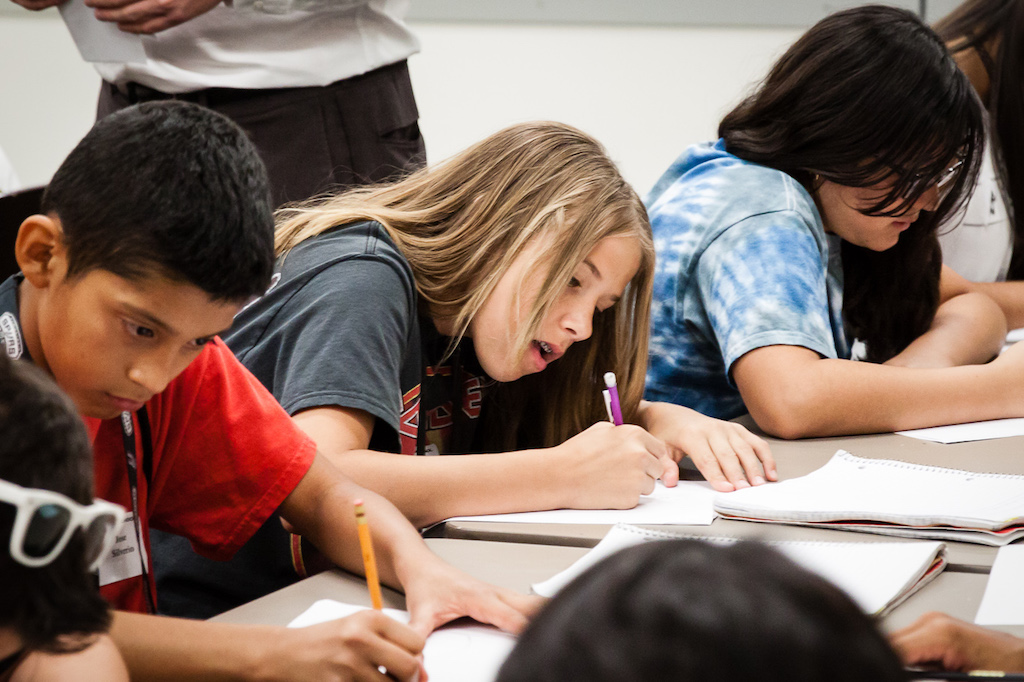
Public education has long been considered one of the bedrocks of American democracy. It serves as a vital institution through which young citizens are prepared to participate in civic life, contribute to the workforce, and pursue personal development. The story of how public schools came to play such a central role in American society is complex and filled with innovation, struggle, and reform. From early colonial initiatives to modern-day debates on school choice and educational equity, the history of public schooling in the United States reveals the evolving priorities, values, and challenges of the nation.
Colonial Foundations
Public education in the United States has undergone significant evolution since its inception. The roots of public schooling can be traced back to the colonial period, where education was primarily religious and private. Colonists viewed education as a means to preserve religious beliefs and cultural values.
The Massachusetts Bay Colony, in 1647, established the Old Deluder Satan Act, mandating that towns with fifty or more households appoint a teacher to educate children. The law was based on the belief that education would prevent the spread of ignorance, seen as a tool of Satan. This act laid the foundation for publicly funded education and the expectation that communities should bear responsibility for children’s schooling.
The Common School Movement
In the early 19th century, education reformers like Horace Mann and Henry Barnard emerged as advocates for a more structured and equitable public education system. Mann, often referred to as the ‘Father of the Common School Movement,’ believed that education should be universal, non-sectarian, and free. He saw public schools as the “great equalizer” that could bridge socioeconomic divides.
Mann’s influence extended to teacher training, curriculum development, and school infrastructure. He advocated for state-funded normal schools (teacher colleges), a standardized curriculum that included moral instruction, and proper school buildings. His work laid the groundwork for a national vision of public education.

Compulsory Education and Standardization
The rise of compulsory education laws in the late 19th and early 20th centuries marked another pivotal period in the history of public schools. Massachusetts was the first state to pass a compulsory education law in 1852, requiring children to attend school between the ages of 8 and 14. Other states followed suit, establishing attendance requirements to ensure every child had access to basic schooling.
Expansion Across States
By 1918, all U.S. states had passed compulsory education laws. These laws aimed to standardize education, reduce child labor, and prepare students for a rapidly industrializing economy. Public schools became a central institution in American life, with growing enrollment and a focus on basic literacy, arithmetic, and civic values.
Desegregation and Civil Rights
Plessy v. Ferguson and “Separate but Equal”
Racial segregation in public schools was another critical issue that shaped the trajectory of public education. The 1896 Supreme Court decision in Plessy v. Ferguson upheld the constitutionality of racial segregation under the doctrine of “separate but equal,” which legitimized unequal education systems for decades.
Brown v. Board of Education
The landmark Supreme Court case, Brown v. Board of Education (1954), declared racial segregation in public schools unconstitutional. Chief Justice Earl Warren wrote that “separate educational facilities are inherently unequal,” overturning Plessy and igniting a nationwide push for desegregation. This ruling was a significant victory for the Civil Rights Movement.
Resistance and Integration Efforts
Despite the ruling, the desegregation of public schools was met with resistance in many regions, particularly the South. Federal interventions, such as the deployment of the National Guard to Little Rock, Arkansas in 1957, were required to enforce desegregation. It took decades of court rulings, civil activism, and policy initiatives to make substantial progress.
Federal Involvement and Educational Equity
The Elementary and Secondary Education Act (ESEA)
The 1960s and 1970s saw the emergence of new federal policies aimed at addressing educational inequities. The Elementary and Secondary Education Act (ESEA) of 1965, a key component of President Lyndon B. Johnson’s War on Poverty, allocated federal funding to low-income schools. Title I of the ESEA focused on improving education for disadvantaged students.
Subsequent Federal Reforms
This act laid the groundwork for future reforms, such as the No Child Left Behind Act (2001), which introduced accountability measures and standardized testing, and the Every Student Succeeds Act (2015), which returned more control to states while maintaining a focus on equity. These laws emphasized improving educational outcomes and closing achievement gaps.

Modern Challenges and Reforms
In recent decades, public schools have faced increasing scrutiny over academic performance, funding disparities, and the effectiveness of standardized testing. Schools in affluent areas often receive more funding due to property tax-based systems, while schools in low-income communities struggle with limited resources, larger class sizes, and outdated materials.
Charter Schools and School Choice
The rise of charter schools and voucher programs has further complicated the landscape of public education. While supporters argue these options foster innovation and provide families with more choices, critics contend that they divert funds from traditional public schools and lack proper oversight.
Technology and 21st-Century Skills
The integration of technology into classrooms has become a defining feature of modern public education. The COVID-19 pandemic accelerated the use of digital learning tools, raising concerns about the digital divide and unequal access to technology. Preparing students for a global, technology-driven economy has become a major focus of public school curricula.
Today, public schools in the United States continue to be a focal point of policy debates. One major area of focus is student mental health. Increasing rates of anxiety, depression, and stress among youth have prompted schools to expand mental health services, implement social-emotional learning programs, and hire more counselors and psychologists.
Despite ongoing challenges, public education remains a cornerstone of American society. Rooted in the principles of equal opportunity and democratic values, public schools continue to evolve in response to societal needs. The history of public schools in the United States is a testament to the nation’s enduring belief in the power of education to transform lives and communities.
Learn about the ways Social Studies School Service can support your professional development
Monet Hendricks is the blog editor and meme connoisseur for Social Studies School Service. Passionate about the field of education, she earned her BA from the University of Southern California before deciding to go back to get her Master’s degree in Educational Psychology. She attended the graduate program at Azusa Pacific University pursuing her post-grad Educational Specialist degree in School Psychology and Applied Behavior Analysis and currently works as a School Psychologist in Los Angeles, CA. Her favorite activities include traveling, watching documentaries on mental health, and cooking adventurous vegetarian recipes.
